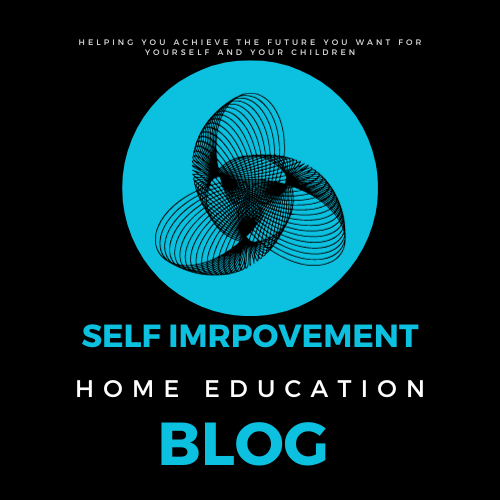
Introduction:
Homeschooling has gained popularity in recent years as parents
seek alternative education options that cater to their children’s unique
learning styles. One of the key advantages of homeschooling is the
flexibility it provides, allowing parents to tailor the curriculum to their
child’s needs and interests. In this blog post, we will explore the
importance of independent learning, particularly in the realm of physical
education, for elementary school children aged 5-10.
The Power of Independent Learning:
Encouraging independent learning from a young age not only fosters a sense
of responsibility but also helps children develop essential skills such as
critical thinking, problem-solving, and self-discipline. When it comes to
physical education, independent learning can be particularly beneficial
as it allows children to explore various activities, discover their interests,
and develop a lifelong commitment to staying active.
Teaching Physical Education at Home:
Physical education is a crucial component of a child’s overall development.
While traditional schools may have dedicated physical education classes,
homeschooling parents can integrate movement and exercise seamlessly
into their daily routines. Here are some practical tips for teaching physical
education to elementary school children at home:
Create a Schedule: Establish a daily or weekly schedule that includes
dedicated time for physical activities. Incorporate a variety of exercises,
games, and sports to keep things interesting.
Outdoor Exploration: Take advantage of the outdoors. Whether it’s a local
park, backyard, or nature trail, outdoor spaces provide ample opportunities
for children to engage in physical activities like running, jumping, and playing sports.
Utilize Online Resources: Leverage online resources that offer guided workout
sessions or dance routines designed for kids. Many platforms provide
age-appropriate content that makes exercising enjoyable.
Incorporate Play: Make physical education fun by incorporating games and
play. This could include activities like tag, hide-and-seek, or even creating
obstacle courses in the living room.
The Impact on Young Minds:
Engaging in regular physical activity from a young age has numerous benefits
for the developing mind. Physical education not only promotes a healthy
lifestyle but also contributes to cognitive development and academic success.
Research has shown that children who participate in regular physical activity
tend to have improved concentration, better memory retention,
and enhanced problem-solving skills.
Conclusion:
Homeschooling provides a unique opportunity for parents to take an
active role in shaping their child’s education, including physical education.
By fostering independent learning and incorporating enjoyable physical
activities into the curriculum, parents can contribute to the holistic
development of their children, laying the foundation for a lifetime
of health and well-being.
Post Disclaimer: The information on this website is public information
and is not individual legal advice. Readers should not rely on or take
any action based upon the information on this website and professional
advice should be obtained particular to the legal circumstances one is
facing. While we strive for accuracy, it is possible that the information
on our site may contain errors or omissions. We disclaim any liability
for any such errors or omissions.
Affiliate Links Disclaimers: Some of the links on this website are
“affiliate links.” This means if you click on the link and purchase the
item, we will receive an affiliate commission. We disclose this in
accordance with the Federal Trade Commission’s 16 CFR, Part 255:
“Guides Concerning the Use of Endorsements and Testimonials
in Advertising.
